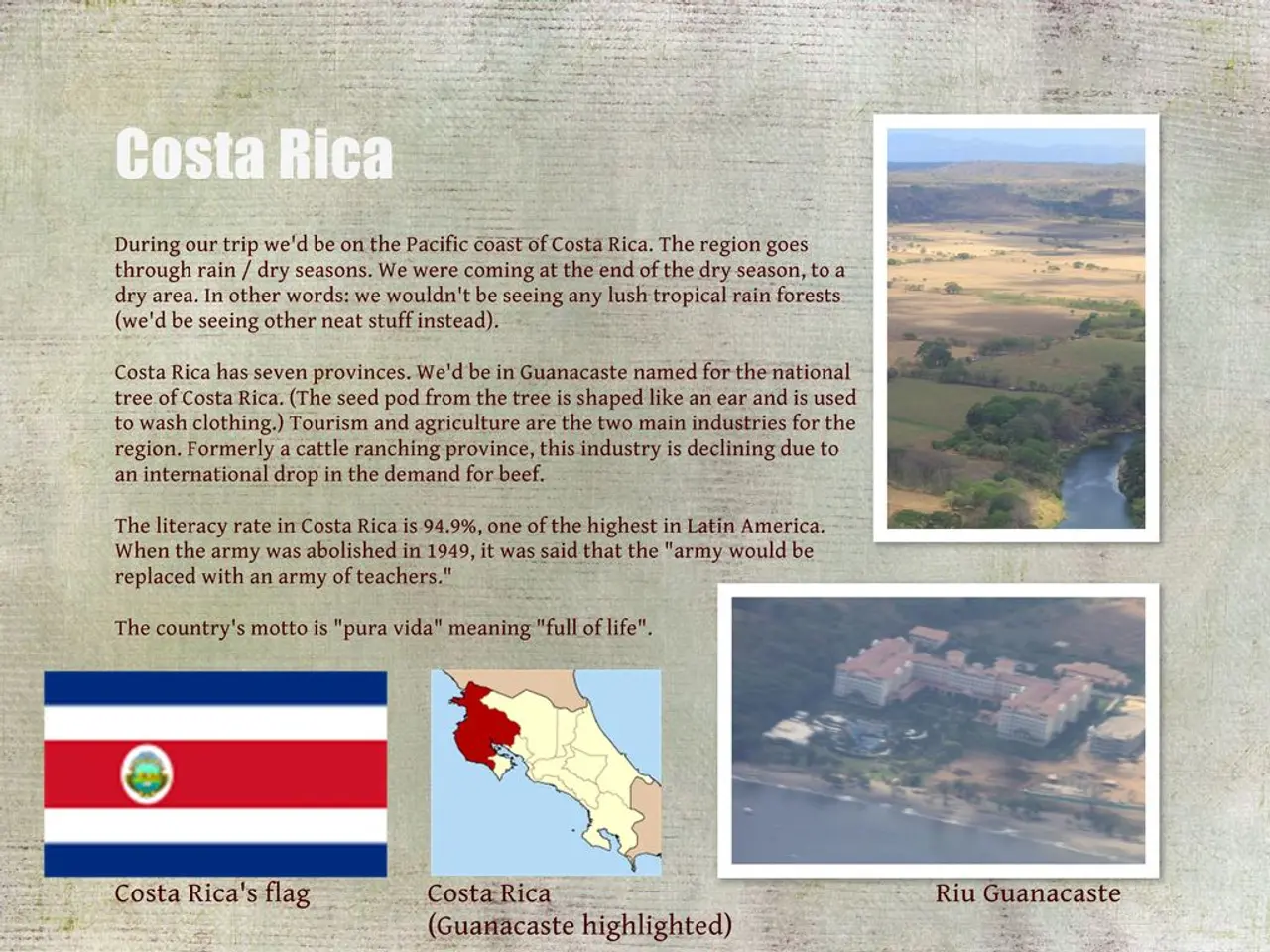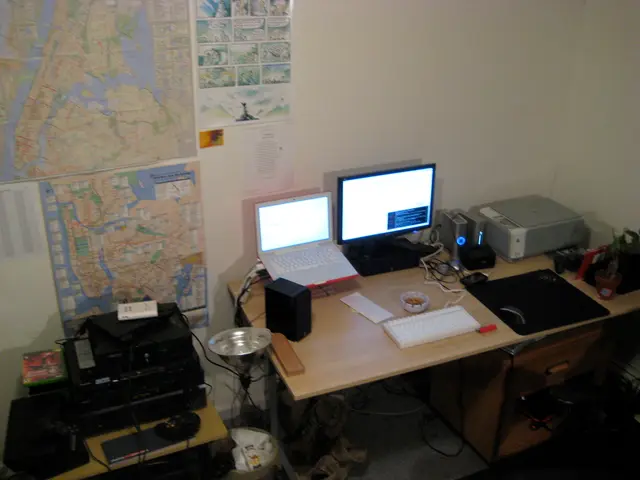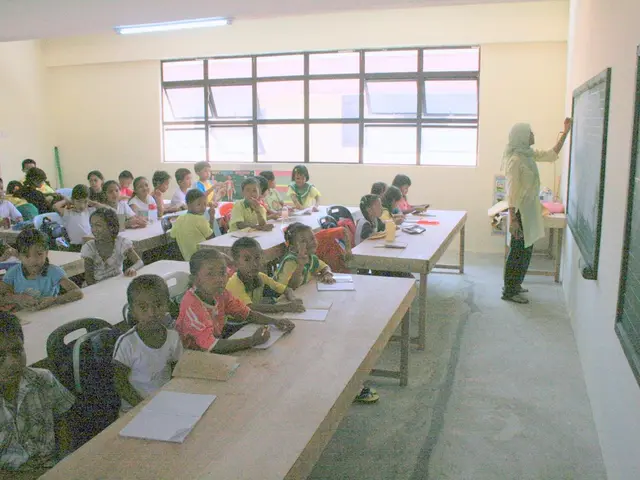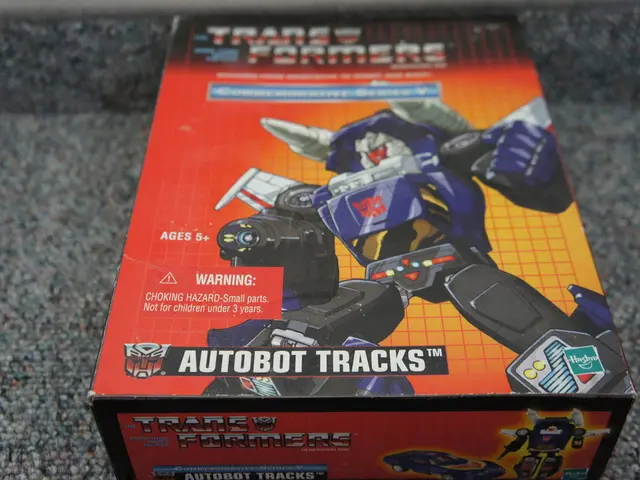Reducing the strain of lithium extraction in Latin America through battery recycling?
In the global push towards sustainability and the electrification of transportation, the recycling of lithium-ion batteries has become a critical focus. Latin America, with its vast lithium reserves, is poised to play a significant role in this effort. Currently, only a few countries worldwide have companies capable of recycling lithium-ion batteries, including China, Japan, South Korea, Belgium, Finland, France, Germany, and the United States. However, the region's potential is immense, with Latin America holding approximately 60% of the world's known lithium reserves. One company leading the charge in Latin America is Wealth Minerals Ltd., which is planning the first lithium battery recycling plant in collaboration with Voith and the indigenous Quechua community of Ollagüe, Chile, as part of the Pabellón Lithium project. Meanwhile, Relitia in Chile is developing a technology for processing materials with a high degree of purity, but lack of investment has limited their capacity to receive batteries. Another company, Altero in Colombia, has already recycled over 250 tonnes of batteries from various electronic devices, using a unique technology that does not require water or chemical inputs, reducing the risk of water pollution and atmospheric emissions. The Latin American Energy Organisation (Olade) reports that the region's critical minerals market is worth some USD 180 billion, or 25% of the world market. Despite this potential, the recycling rate of lithium in Latin America stands at 0%. The complex compositions and high residual energy charge of batteries make recycling a technological challenge. Low collection rates are a common problem due to batteries being classified as hazardous waste. However, companies like Altero and Fortech in Chile are working to overcome these challenges. Fortech, for instance, was able to grow its project to extract lithium, cobalt, nickel, copper, and aluminium from batteries at an industrial scale with the support of a German government agency. In 2024, they processed 200 tonnes of batteries, but they have capacity for 1,500 tonnes, equivalent to 3,000 electric car batteries. The International Energy Agency (IEA) projects that demand for lithium could increase over 40 times by 2040, primarily driven by the need for lithium-ion batteries in electric vehicles (EVs). Recycled critical minerals generate 80% less emissions than mined materials, according to the IEA report. This makes battery recycling a crucial step in reducing the environmental impact of the EV revolution. The director of Lithium I+D+i, Hernán Cáceres, notes that the penetration of electric cars is low, and batteries are lasting longer than expected, which could provide some time for the development of recycling infrastructure. The co-founder of the Colombian company Altero, Miguel Alzate, states that his business model for battery recycling relies on a reliable supply of waste products, safe and inexpensive recycling processes, and the commercialization of recovered materials. As the need for sustainable solutions in the battery recycling industry grows, so does the conversation around the options for countries with lithium reserves. The Research Institute of Theoretical and Applied Physical Chemistry (INIFTA) in Argentina is discussing the options for these countries: either exporting the primary resources, importing cells, and recycling them domestically, or establishing a closed chain of extractivism, development, cell production, and recycling. In conclusion, while the recycling rate of lithium in Latin America is currently 0%, the region's potential is vast. With companies like Wealth Minerals, Relitia, Altero, Fortech, and the Centre for Research, Development and Innovation in Lithium Batteries (Lithium I+D+i) leading the way, Latin America is well-positioned to become a major player in the global battery recycling market.







